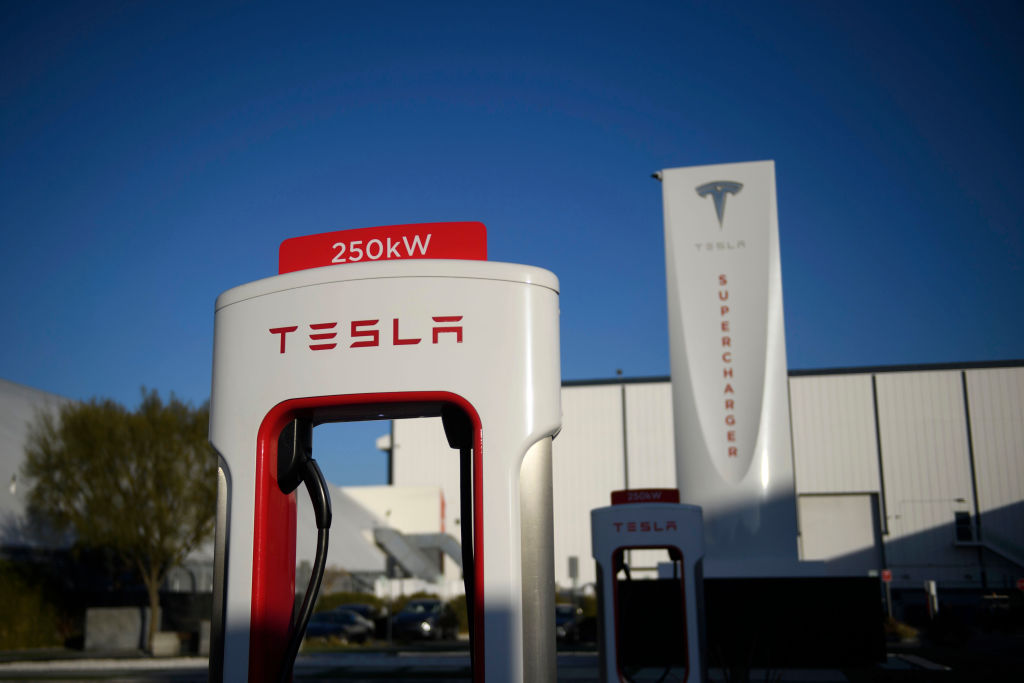
Tesla has recently reinstated the hiring process for its Supercharger team, which CEO Elon Musk unexpectedly laid off two weeks ago, despite the 500-strong team’s role in managing the extensive and crucial charging network.
This reversal aligns with Musk’s new commitment to invest $500 million in expanding this network, which is a cornerstone of Tesla’s promise to enhance the electric vehicle (EV) infrastructure. The Supercharger network is known for its reliability and rapid charging capabilities, significantly reducing the anxiety associated with EV range, particularly for long-distance travel.
The network, often referred to as Tesla’s “crown jewel,” has been instrumental in convincing car owners that EVs are a viable alternative to traditional vehicles. Tesla’s early investment in this infrastructure led to the development of:
- Over 2,000 charging stations across the United States
- More than 25,000 charging plugs
The reliability of these Superchargers is notable compared to other charging networks, which often suffer from operational inconsistencies.
Tesla’s Supercharger strategy not only supports its own vehicles but has also influenced other automakers. In the past year, many competitors announced their plans to abandon the CCS1 connector for Tesla’s J3400 standard. These decisions were coupled with agreements allowing access to Tesla’s network, underscoring the network’s pivotal role in the broader EV market.
Despite these advancements and the network’s minor contribution to Tesla’s overall revenue—about 5 percent—it is expected to grow as more automakers join the network. The layoffs, therefore, posed a significant risk to Tesla’s future plans, especially those involving the development of more potent chargers intended for vehicles operating on 800 V or 900 V systems from other luxury brands like Audi, Porsche, and Lucid.
Further complicating the situation, the layoffs stalled numerous upcoming Supercharger projects, as reported by multiple sources. However, Musk’s recent announcement indicates a shift in focus back to expansion rather than just maintaining existing sites, necessitating a substantial increase in skilled personnel. The rehiring process began with Max de Zegher, a previous executive under former head Rebecca Tinucci, who was also laid off in the sweeping dismissals attributed to insufficient cutbacks by department heads, as reported by Electrek.
This scenario is not an anomaly in Musk’s management style, which has seen several abrupt reversals, such as the 2019 backtrack on closing Tesla’s retail locations to fund a cheaper Model 3 version—a decision reversed due to the legal repercussions of terminating numerous leases prematurely.
Related News:
Featured Image courtesy of PATRICK T. FALLON/AFP via Getty Images
